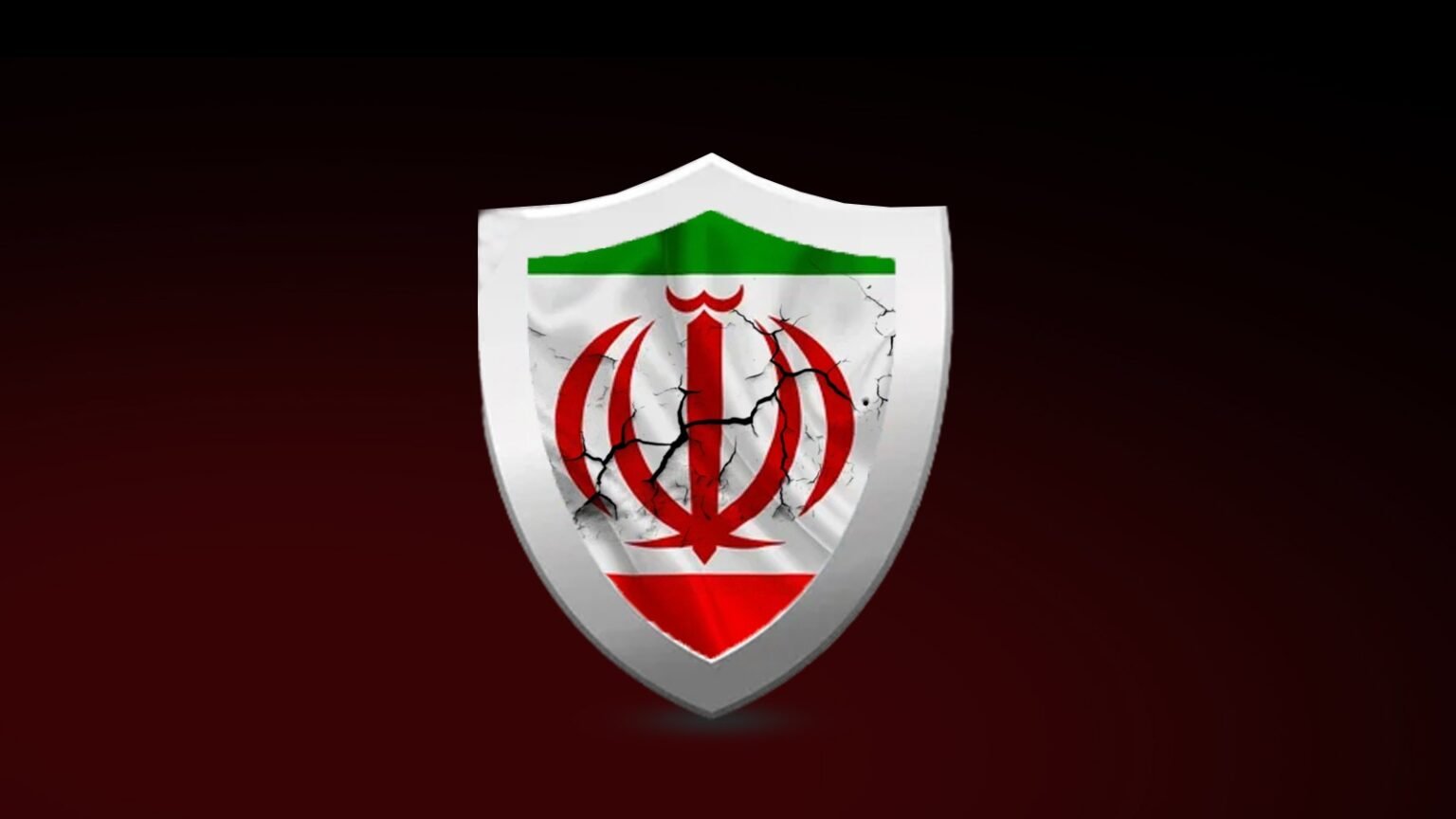The assassination of Ismail Haniyeh, a prominent political leader of Hamas, in Tehran has starkly exposed the vulnerabilities within Iran’s security and intelligence apparatus. Analysts agree that a significant security breach occurred, allowing for the assassination of a political figure of Haniyeh’s stature in Iran’s capital shortly after the inauguration of the new president. The New York Times has highlighted Tehran’s failure to protect a key ally within its borders, underscoring a severe security lapse and raising questions about the safety of Iran’s top leaders and Israel’s capability to target them at will.
Initial indicators suggest that Haniyeh and his bodyguard were killed by a missile or drone strike at their residence. Although Israel has not officially claimed responsibility for the attack, as is often the case with its foreign operations, the incident mirrors a pattern of “Israeli operations.” The latest of these operations includes the targeting of Iranian air defenses at the Natanz nuclear facility on April 19th.
Observers emphasize that this incident reveals significant weaknesses within Iran’s security apparatus, especially since the assassination occurred on a day marked by heightened security measures following the inauguration of President Masoud Pezeshkian. The event sheds light on Iran’s longstanding covert war with Israel, a conflict marked by proxy battles and a series of assassinations within Iranian territory in recent years. The secretive war took a pivotal turn last April, highlighting glaring gaps in Iran’s security network.
In April, Iran launched hundreds of missiles at Israel following an Israeli strike on Iranian commanders in Syria. Israel responded by attacking a military base in Isfahan, damaging Iran’s air defenses without Israeli aircraft being detected. At the time, The New York Times cited officials who claimed that the Israeli strike aimed to convey that Israel could bypass and disable Iranian defense systems unnoticed. This strike targeted the radar component of the S-300 missile defense system, acquired by Iran from Russia. Satellite images showed that the Israeli attack focused on the “30N6E2 Tomb Stone” radar, which is designed to track aerial and missile threats and facilitate interception.
Rafael Cohen, a Middle East security analyst, said that if Israel was indeed behind Haniyeh’s assassination, it signifies an incredible intelligence and operational capability on one hand and a significant embarrassment for Iran’s security establishment on the other.
Michael Maloof, a security policy analyst based in Washington, suggests that the breach likely originated from within Iran, especially considering that Haniyeh’s visit was sudden and unexpected. Maloof argues that the issue this time was not Iran’s defensive capabilities but perhaps a remotely controlled operation executed by Mossad operatives stationed in Iran. He speculates that the attack’s precision, executed within such a short timeframe, implies a local operation coordinated and sanctioned by external elements.
In that instance, Iran launched drones, cruise missiles, and ballistic missiles from its territory towards Israel. However, before the drones entered Israeli airspace, the Iranian Revolutionary Guard issued a statement announcing that in retaliation for the attack in Syria, “the Aerospace Force of the IRGC launched dozens of missiles and drones against specified targets inside the occupied territories.”
Rafael Cohen, the security analyst, emphasized the importance of viewing Haniyeh’s assassination within its broader context. This incident is not the first to demonstrate Israeli superiority and Iranian shortcomings. He notes the long-standing suspicion that Israel has been capable of targeting scientists linked to Iran’s nuclear program for some time. Cohen adds that Israel’s retaliatory strike on Iranian infrastructure, following Iran’s missile barrage a few months ago, further underscores the Iranian regime’s weaknesses.
The ability of Israel to execute such a high-profile assassination inside Iran reveals a disturbing truth about Iran’s security apparatus. The operation, if indeed carried out by Israeli forces, underscores Israel’s penetration capabilities, suggesting that Tehran is not as impenetrable as it may appear. The fact that the strike could be carried out in Tehran, especially amid tight security during the presidential inauguration, raises alarm bells about Iran’s security readiness and intelligence competence.
This incident draws a clear line under Israel’s capacity to strike deep within Iranian territory, circumventing defenses that were believed to be robust, according to other experts. The assassination of a figure like Haniyeh sends a potent message not only to Iran but also to its allies and adversaries alike. It signals that even the most protected figures can be vulnerable, thereby shaking confidence in Iran’s ability to shield its partners and allies.
Moreover, the breach illustrates that Israel is willing to take bold actions to achieve its strategic objectives. It highlights a broader regional struggle where intelligence, cyber capabilities, and military prowess play pivotal roles. The assassination fits within a pattern of Israel’s covert operations, including previous assassinations of Iranian nuclear scientists and military leaders, which have often gone unclaimed but are widely attributed to Israeli operatives.
The implications of Haniyeh’s assassination extend beyond the immediate political fallout. It exposes a deeper, more troubling narrative about Iran’s internal vulnerabilities, suggesting a susceptibility to infiltration and espionage that Tehran has yet to adequately address. The attack’s execution hints at a high level of precision and planning, pointing to a sophisticated network of intelligence gathering and operational execution that challenges Iran’s internal security measures.
Iran’s response to the assassination remains a subject of intense scrutiny and speculation. The event poses a significant test for Iran’s leadership, both in terms of retaliating against the perpetrators and in addressing the apparent security lapses that allowed the breach to occur. As Iran grapples with these challenges, the incident could lead to a reevaluation of its security strategies and alliances, potentially reshaping the region’s geopolitical landscape.
In conclusion, the assassination of Ismail Haniyeh is considered a continuum of the ongoing covert conflict between Israel and Iran. It highlights the fragility of Iran’s security infrastructure and underscores the broader implications of intelligence warfare in the Middle East. As the region braces for potential repercussions, the incident stands as a testament to the ever-evolving dynamics of power, influence, and security in a volatile and complex geopolitical arena.
